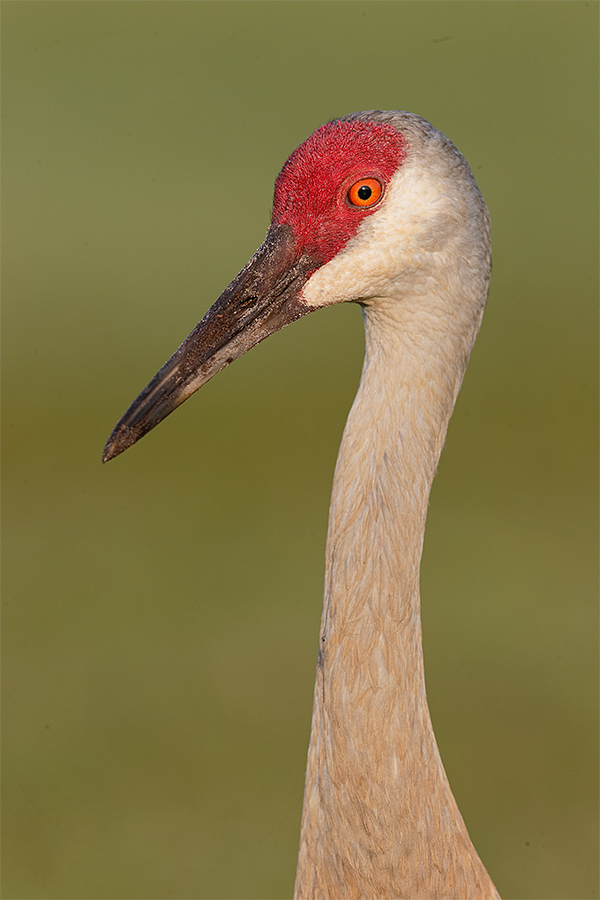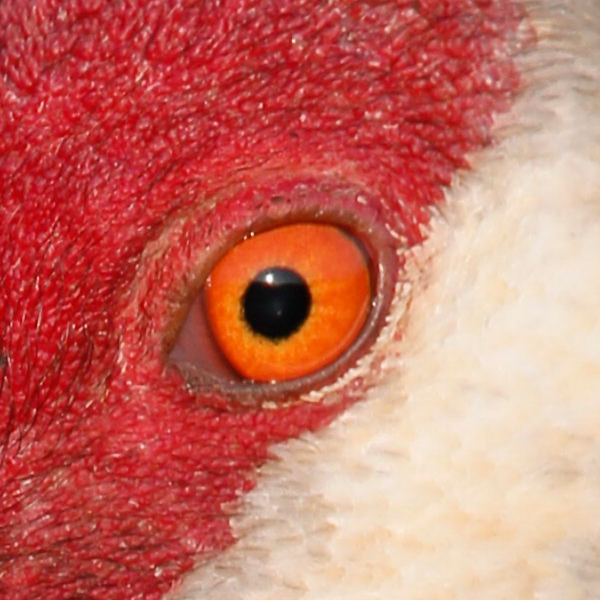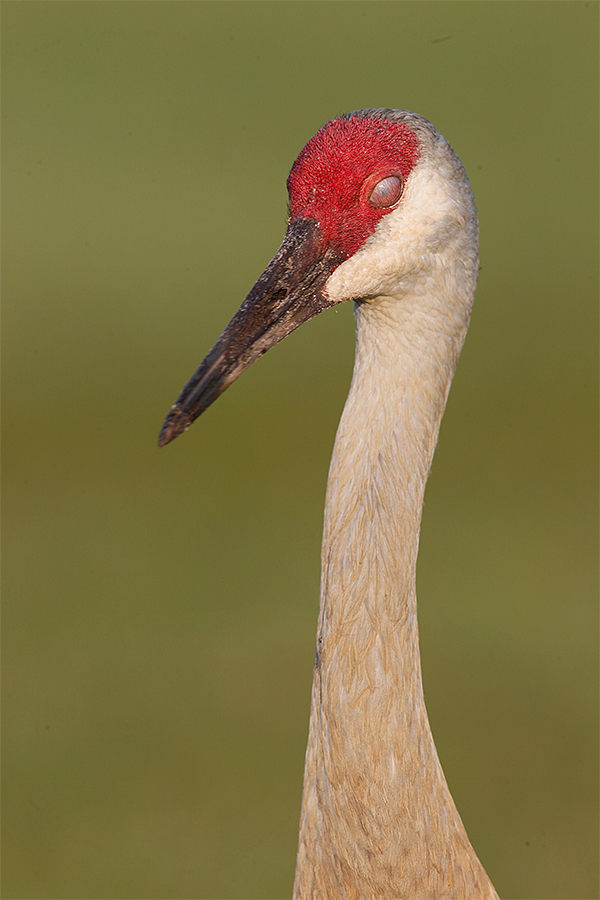Stuff
I did not start packing until about 7:30am on Friday knowing that Jim and I needed to leave the house at 9:30am to be on time for my acupuncture appointment. Piece of cake. After that he dropped me at Orlando airport for my 3:45 flight to Islip for my surprise visit to me 92-year old Mom. No worries: she never looks at the blog . No swim on Friday. I am hoping to get in my core exercises tonight at Mom’s home on Long Island. Tomorrow I will get to spend some time with my younger daughter Alissa and her family: husband Ajiniyaz and my two younger grandsons, Ilyas and Idris.
This blog post, the 100th in a row, took about 2 1/2 hours to prepare and was published at one minute after midnight on Saturday. Read carefully as there is lots to learn. The great bulk of the work was done at the airport and on the plane.


Canon’s Huge Megapixel Bodies
Canon’s two new huge megapixel bodies are available for pre-order. If you want to get your hands on one, please pre-order by clicking on the logo-link above. They will surely be difficult to get; shoot me your B&H receipt via e-mail and I will be glad to do my best to expedite your order. Learn more about the two new bodies here.
Please Remember to use our Affiliate Links 🙂
To show your appreciation for my continuing efforts here, we ask, as always, that you use our the B&H and Amazon affiliate links on the right side of the blog for all of your purchases. B&H is recommended for you major photography gear purchases, Amazon for your household, entertainment, and general purpose stuff. Please check the availability of all photographic accessories in the BIRDS AS ART Online Store, especially the Mongoose M3.6 tripod heads, Gitzo tripods, Wimberley heads and plates, LensCoats and accessories, and the like. We sell only what I have used, have tested, and can depend on. We will not sell you junk. We know what you need to make creating great images easy and fun. And we are always glad to answer your gear questions via e-mail. I just learned that my account was suspended during my absence; it should be up and running by Monday at the latest.
I would of course appreciate your using our B&H affiliate links for all of your major gear, video, and electronic purchases. For the photographic stuff mentioned in the paragraph above we, meaning BAA, would of course greatly appreciate your business. Here is a huge thank you to the many who have been using our links on a regular basis and visiting the BAA Online store as well.
|
This image was created down by the lake at ILE on Thursday morning from my SUV with the BLUBB-supported Canon EF 600mm f/4L IS II USM lens and which camera body? ISO 400. Evaluative metering +1/3 stop as framed: 1/400 sec. at f/9 in Av mode was right on the money. AWB. Center AF point/AI Servo Surround/Shutter Button AF as framed was active at the moment of exposure (as is always best if possible when working off the BLUBB). The selected AF point was just past the end of the bill where the red of the cap met the dirty white of the neck. Click on the image to see a larger version. Image #1: a sharpened JPEG that represents the optimized TIFF of my favorite from this series. |
On the Spot Again: Image Quality/Camera Body Quiz #3
Take a look at all three of today’s images. Above is the optimized TIFF of my favorite from the series. Next is a 600 pixel square, 1:1 crop of the crane’s eye from the embedded JPEG of the next image. Last is the a JPEG created from the full frame embedded JPEG that was extracted in Photo Mechanic and viewed in DPP (as was the image that supplied the tight crop of the eye).
Based on image quality, can you tell if today’s images were created with a 1D X or a 7D Mark II? If yes, what led you to your choice? Answers to all three of these quizzes soon. Promise.
The Image Optimization
After converting the image in DPP 4 the image optimization in Photoshop included just a bit of bill and cap cleanup. You can see what I did by taking a close look at the third image and comparing it with the optimized image. I did miss an important part of my workflow in part because I forgot that I was working stooped down to f/9. Wide open was f/4….) What did I forget to do?
Image #2: this is an unsharpened, 600 pixel square, 1:1 crop of the crane’s eye from the embedded JPEG of the next image in the 3-frame sequence. |
What’s wrong with this image?
In frame 2 of the sequence, the nictitating membrane was just beginning to slide over the eye, moving from our left to our right. Compare with the perfect eye in the optimized image that opened this blog post.
Why Always Three at a Time?
Observant folks who photograph with me on an IPT are usually quick to ask, “Why do you almost always create three images at a time even when photographing a static subject? There are many reasons:
#1: As we see here today, birds often and unexpectedly slide their nictitating membranes over their eyes. These membranes are like a semi-opaque third eyelid. At times, such as when feeding a chick or when receiving or a stick for the nest from their mate, they do this as a form of protection. But often it is a reflex action similar to our blinking. Whatever the cause, most times they will ruin an image.
#2: Even when we see them as being at rest, birds are almost always moving. This often results in one of the three images that you should be creating being slightly sharper than the other two.
#3: As we will see in future posts while learning about LensAlign, Micro-adjusting, and FocusTune, our AF systems are nowhere near as perfect as we assume that they are. Even with AF active at the moment of exposure AF may shift imperceptibly again resulting on one image being slightly sharper than than other images in a sequence. I call this the vagaries of AF. There are many possible causes the most notable of which is lack of strong contrast.
#4: Even when working on the sturdiest tripod with the most rigid tripod head imaginable and employing perfect sharpness techniques there will always be play in your support system that will affect focus. Consider what happens when working off a BLUBB or when hand holding….
Those are the major reasons that I almost always create three images in a given instant. Please do not think that I go about my work firing haphazardly at every bird I see. I look for good situations and when I find one and get set up the way I want, then and only then will I whack it: click, click, click, three at a time. Always. If the bird is still in the same spot, I will refocus and repeat. Always.
No matter how long a series of images is, one image will almost always stand out clearly as best. If you are creating one image at a time you will often be missing the boat. And if you are doing so to save time while editing, you are seriously deluding yourself. Picking your keepers in a great program lIke BreezeBrowser or Photo Mechanic is both fast and painless.
Image #3: this is a sharpened, 900 pixel tall crop of embedded JPEG from the third and last image in the sequence. |
Image Ruined
This image, created in the same one one hundredth of a second as the two images above, is ruined by the fact that the crane’s nictitating membrane is covering its eye. Such images–especially extreme close-ups–can, on occasion, be interesting. In those cases I will optimize the image and add it to the BAA collection for educational purposes. In addition, it might one day fill an editor’s need and result in a sale.
|
All of the images in the bear boat card above were created in Katmai National Park during the month of September. |
Due to a recent cancellation there are once again three slots open.
Bear Boat/Bears Catching Salmon IPT: September 1-8, 2015 from Kodiak, AK/6 FULL & 2 1/2 DAYS: $6699. Happy campers only! Maximum 8/Openings: 3. Plus the leader: Arthur Morris.
Join me in Katmai National Park, AK for seven days of photographing Coastal Brown Bears (grizzlies) catching salmon, fattening up for the long winter. Other subjects will include Mew and Glaucous-winged Gulls in flight and dip-feeding on salmon roe. Did I mention that we live on a boat and that the food is great? Most of our photography will be done in a variety of famed locations: Geographic Harbor, Kinak Bay, and Kukak Bay. We once had 39 bears fishing the creek at Kukak….
It is mandatory that you be in Kodiak no later than the late afternoon of August 31, 2015 September to avoid missing the float planes to the boat on the morning of September 1. With air travel in AK being what it is, with the chance of fog or other bad weather–being on Kodiak on August 30 is an even better plan). I will be on Kodiak on August 30 to avoid any potential disaster. That said in my nearly a dozen bear boat trips I was delayed only once but since I was day early as noted above there was no harm, no foul.
We will take one or more float planes to the boat mid-morning on September 1. We will photograph bears fishing that afternoon and every day for the next six days (weather permitting of course). We should have bears catching salmon every day. In addition, we will get some nice stuff on Mew Gull and Glaucous-winged Gulls dining on roe and the remains of predated salmon. We may–depending on where the concentrations of bears are–get to photograph Harbor seals and some hauled out Steller’s Sea Lions (an endangered species). Halibut fishing (license required) is optional. On September 8, our last morning on the boat, those who would like to enjoy one last photo session will do so. The group returns to Kodiak via float plane midday. Most folks will fly to Anchorage and then continue on red-eye flights to their home cities.
The eight days will consist of six full days (Sept 2, 3, 4, 5, 6, & 7) of photography featuring lots of Coastal Brown Bears catching salmon as above plus a variety of other natural history subjects plus some nice scenic photography that I forgot to mention above. Plus the first afternoon and the last morning.
What’s included? 8 DAYS/7 NIGHTS on the boat as above. All meals on the boat. (The food is quite excellent.) National Park fees. One night’s double occupancy lodging on Kodiak; arrive: Sept 1/depart: Sept 2. The thank-you-in-advance dinner on Sept 1. In-the-field photo tips, instruction, and guidance. An insight into the mind of a top professional; I will constantly let you know what I am thinking, what I am doing, and why I am doing it. Small group image review, image sharing, and Photoshop instruction on the boat.
What’s not included: Your round trip airfare to and from Kodiak, AK (almost surely through Anchorage). All necessary lodging other than the cost of your double occupancy room on the night of August 31 should you opt to arrive early–we can arrange that in advance for you. We will let you know the cost of a single supplement for the one night if so desired. The cost of the round-trip float plane to the boat on September 2 and back to Kodiak on September 9. The cost of a round trip this year was $500. The suggested crew tip of $210.
Is this an expensive trip? Yes, of course. But with 6 full and two half days, a wealth of great subjects, and the fact that you will be walking with the bears just yards away (or less….) it will be one of the great natural history experiences of your life. Most folks who take part in a Bear Boat IPT wind up coming back for more.
A $2,000 per person non-refundable deposit by check only made out to “Arthur Morris” is required to hold your spot. Please click here to read our cancellation policy. Then please print, read, and sign the necessary paperwork here and send it to us.
Your deposit is due immediately. That will leave a balance of $4699. The next payment of $2699 will be due on February 15, 2015. The final payment of $2000 is due on May 1, 2015.
I hope that you can join us for this wondrously exciting trip.
Be sure to like and follow BAA on Facebook by clicking on the logo link upper right. Tanks a stack!
Support the BAA Blog. Support the BAA Bulletins: Shop B&H here!
We want and need to keep providing you with the latest free information, photography and Photoshop lessons, and all manner of related information. Show your appreciation by making your purchases immediately after clicking on any of our B&H or Amazon Affiliate links in this blog post. Remember, B&H ain’t just photography!
Amazon.com
Those who prefer to support BAA by shopping with Amazon may use this link:
Amazon Canada
Many kind folks from north of the border, eh, have e-mailed stating that they would love to help us out by using one of our affiliate links but that living in Canada and doing so presents numerous problems. Now, they can help us out by using our Amazon Canada affiliate link by starting their searches by clicking here. Many thanks to those who have written.
Typos
In all blog posts and Bulletins, feel free to e-mail or to leave a comment regarding any typos or errors. Just be right :).


















Artie,
I think you might have me on this one. The full image really looks to me like the 1DX – super sharp, good contrast and really nice detail. However, the 1:1 crop looks a little softer than I would expect, so from this, I would say that it is the 7DII. On the other hand, since the 1DX only has 7MP in the APS-C sized part of its sensor (even fewer than my old 40D, which has 10MP), I could also be convinced that the pixel resolution in the 1DX isn’t high enough to show a really sharp 1:1. So I guess what I am saying here is that I really can’t tell!
It would be interesting to see what your optimization techniques could do with the 1:1 crop or show us a same size blow-up of the same area from image #1.
Regarding the 3 shot sequence technique, I agree with you completely. I developed a multi-shot technique like this on my own using my trusty 400mm 5.6 ‘toy’ lens. Since this lens has no stabilization, you really have to work to get sharp images and I learned very quickly to just leave the drive setting on high speed and take multiple shots every time I push the shutter button. This obviously has more to do with photographer jitter than AF issues, but the multi-shot technique addresses both and the result is the same – multiple shots give you a much better chance to end up with a ‘keeper’.
Steve
Me thinks that you might be expecting too much from the 1:1 crops of the converted TIFFs. The detail in the WHITEs of the crane does look a lot like that in the recent Osprey image…. Revelations soon. a
As I have been working a lot with Michael Tapes on the new release of FocusTune (coming in June I believe) do not dismiss AF issues; wait till you see some of what Michael calls “the outliers.” Outlier: an observation point that is distant from other observations.
artie
Hope you don’t mind, but to expand a little on #4: for me another reason would the vibrations from even one person walking nearby when you are photographing on a boardwalk. They would be another reason for shooting in groups of 3.
Doug
For sure Doug. Many thanks. a